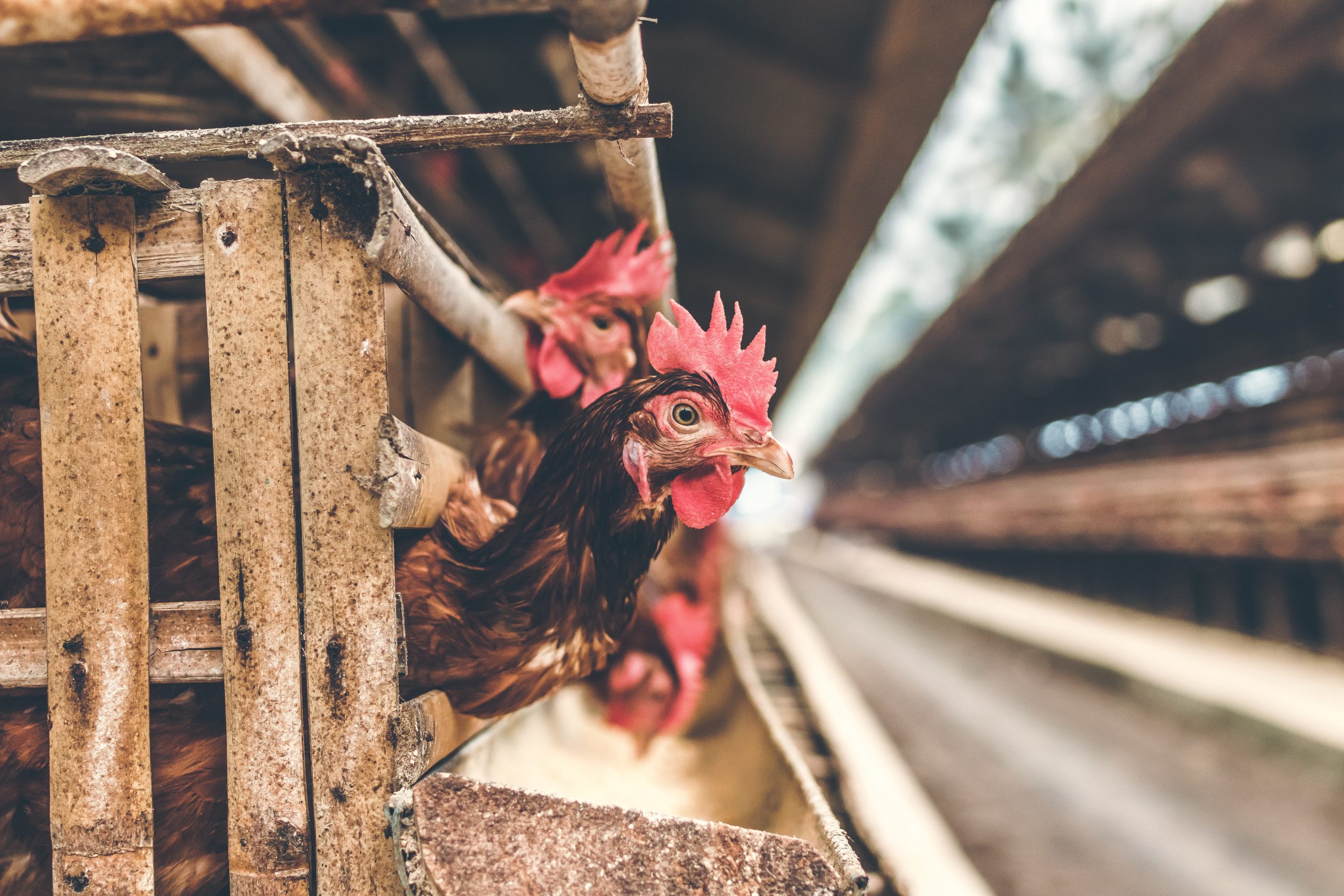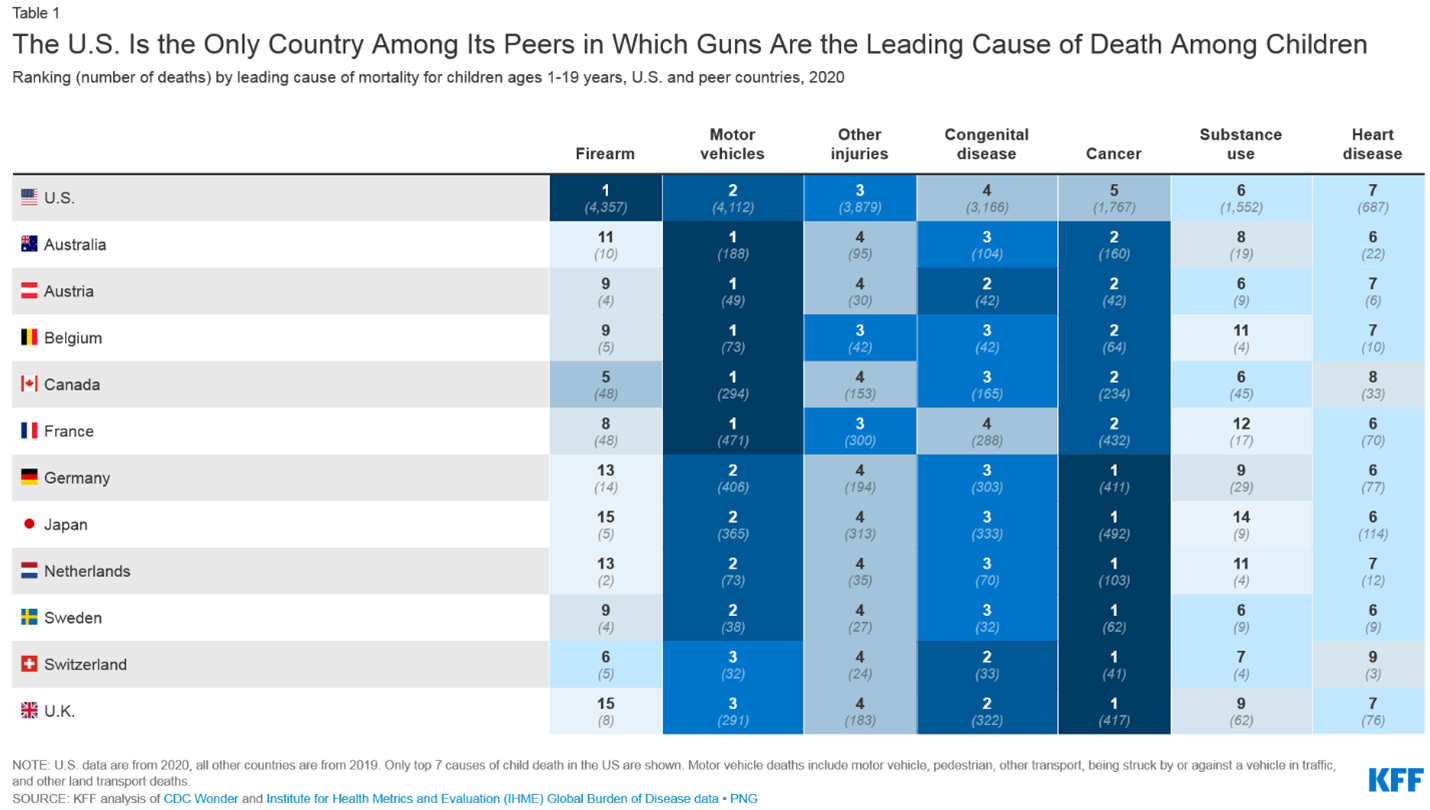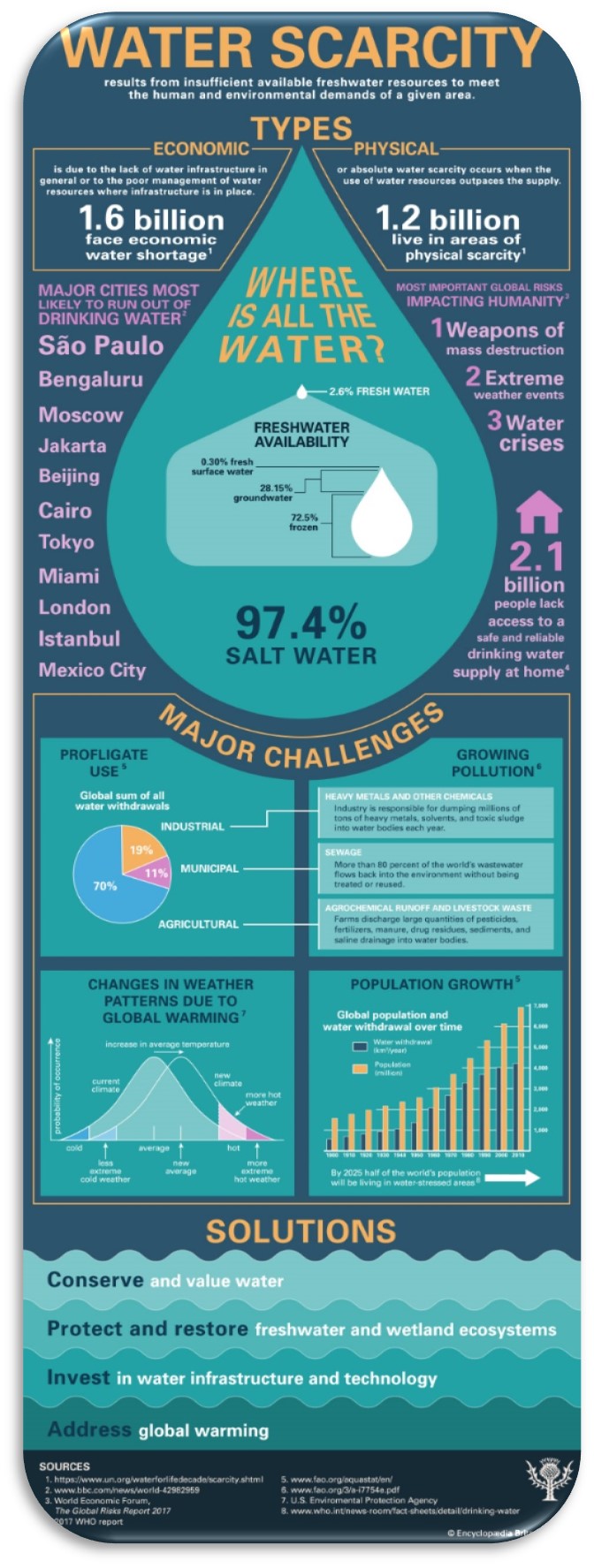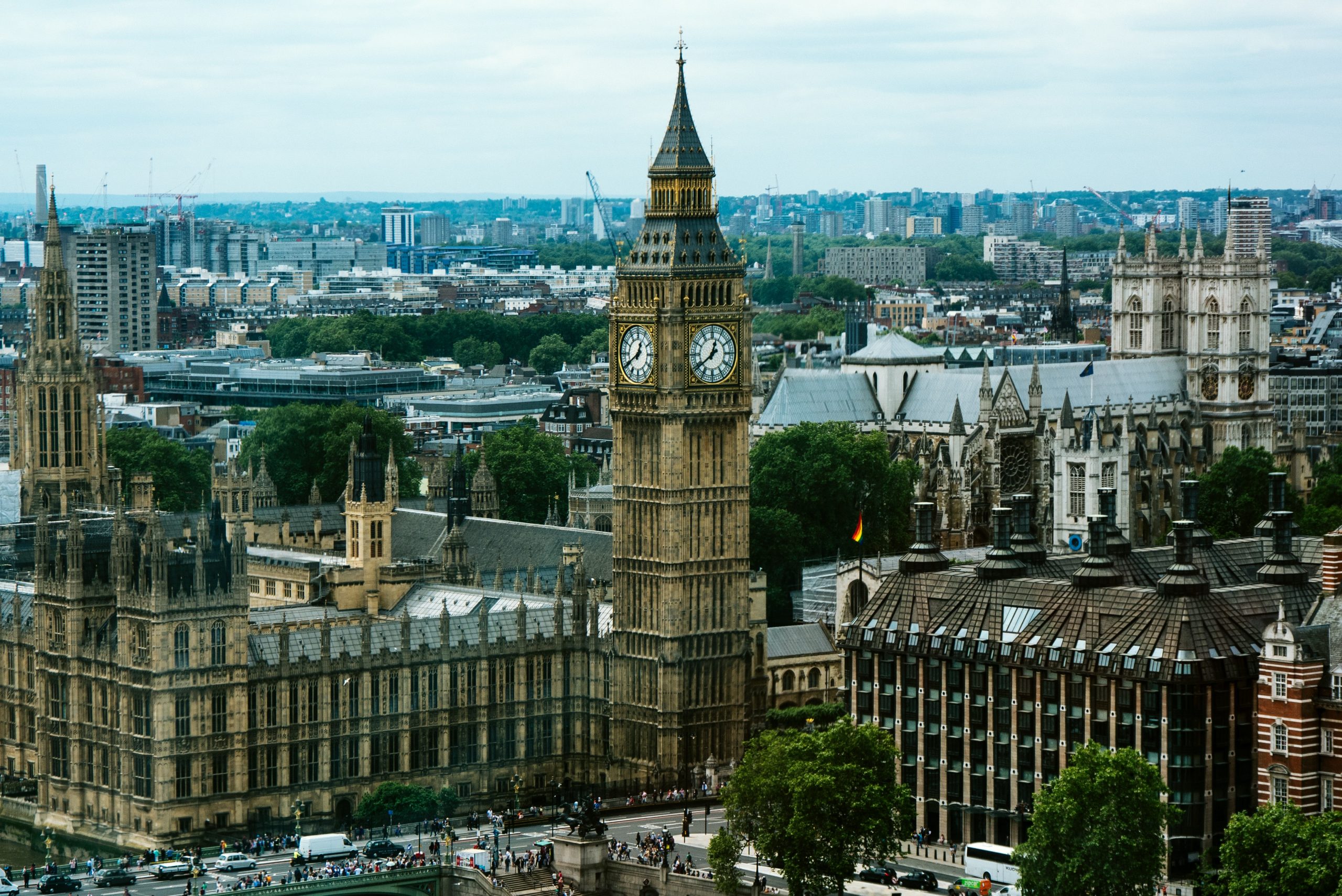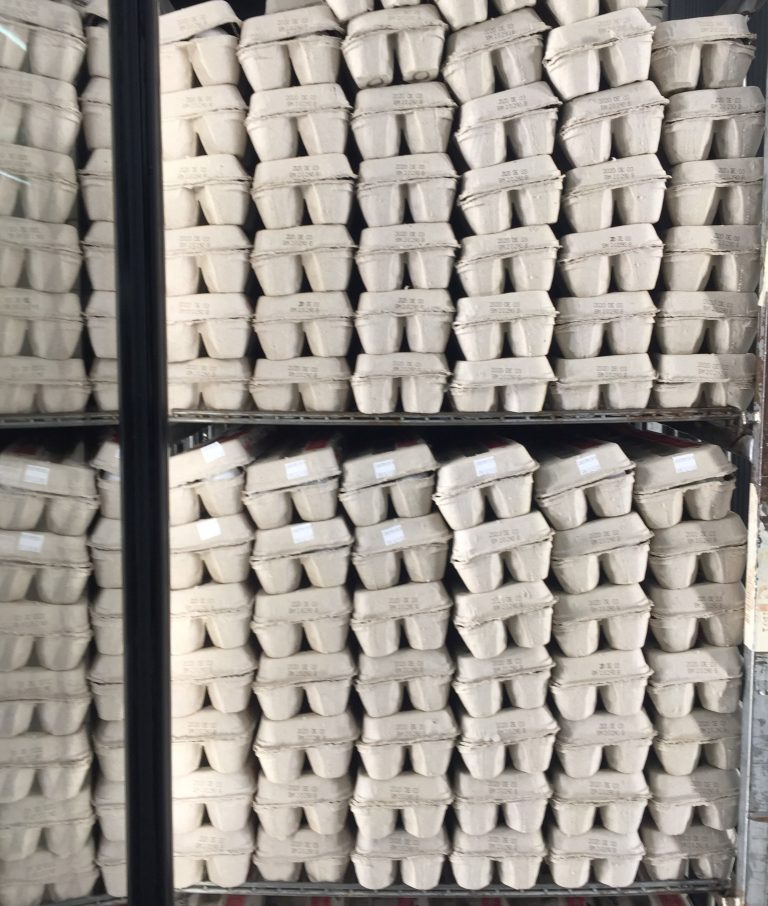What Rules Inflation Targeting? A Time for Abandoning Taylor Rule
“No matter
how much suffering you went through, you never wanted to let go of those
memories.”
― Haruki Murakami

Following the Global Financial Crisis (GFC), most central banks around the world are facing pressing challenges to reach the inflation target. Most recently, for example, Bank of Japan’s Governor Kuroda warned against threats to price stability and added more pointed language about a possible interest-rate cut. He promised to keep a close watch on the inflation target. As a result, the views are quietly shifting from targeting an inflation level to alternative approaches such as “average inflation targeting.” The more fundamental issue, however, is the fact that the target has never been sustainably achieved even though it has been in place since 2012. Against this backdrop, this is the right moment to steer the debate away from how to reach the 2 percent inflation target towards why we continuously fail to do so. Inflation targeting, enabled by Taylor Rule and based on rational expectations hypothesis, assumes that the public announcement of a medium-term target for inflation shapes the expectations of the future price level. However, once accounting for financialization of modern economies, it becomes clear that it is not central banks’ abilities to form inflation expectations, but the extent of their influences on securities prices, that equip them to stabilize price levels. Nonetheless, central banks’ magic power to affect the inflation might have mostly vanished.
To elaborate on this point, let’s start by defining inflation targeting and its premises. Inflation targeting is a monetary policy framework that aims at getting inflation to 2 percent and recognizes the readings above and below as universally undesirable. The structure that allows central banks to achieve the target is called “Taylor Rule,”- a principle that the monetary authorities should raise nominal interest rates by more than the increase in the inflation rate. The premise of this model is that central banks adjust the short-term interest rate and the quantity of reserves in the inter-bank lending market to influence components of the real economy, such as investment, trade balance, and consumption on residential housing through different channels. These channels are called “monetary transmission mechanisms” collectively and their ultimate goal is to achieve price and output stability. This structure used to work in the old times when banks used reserves as a primary source of funding to lend to the real economy. Today, arguably, we are living in a market liquidity system where most of the expenditures in the economy are financed in the capital market through a process known as “securitization.” In these circumstances, when the central bank changes the short-term interest rate and alters the spread between the overnight rate and the term rate, it effectively influences the incentives for dealers in both the money market and the capital market. The money market dealers establish the price of funding liquidity while the securities dealers determine the price of capital, including mortgage-backed securities (MBS). When the central bank increases the rates, it tightens the spread for money market dealers. In response, money market dealers increase the term interest rates and make it more expensive for securities dealers to finance their inventories. This process puts downward pressure on securities prices, including the price of MBS, which in turn increases the interest rates on the underlying loans such as mortgage and auto loans. Measuring the strength of these effects on the prices of the corresponding assets such as houses is notoriously difficult. To conclude, in modern economies, the interest rates on bank loans in most cases are not determined in the overnight domestic money market, where the central bank is the dominant player, but the global capital market. Thus, it is not the ability of monetary authorities to change inflation expectations, but the extent of their effect on securities prices that asserts price stability. To retrieve their strength to influence the economy, central banks should start by fixing their understanding of the transmission structure of monetary policy. Even so, central banks’ magic to affect the price level might have gone for the most part.
Discussion Questions:
- What is the main intellectual obstacle in fully understanding the extent of central banks’ power to influence price level?
- How are mortgage rates determined in advanced economies such as the U.S.?
- What is the main premise of Taylor Rule and Inflation Targeting?

